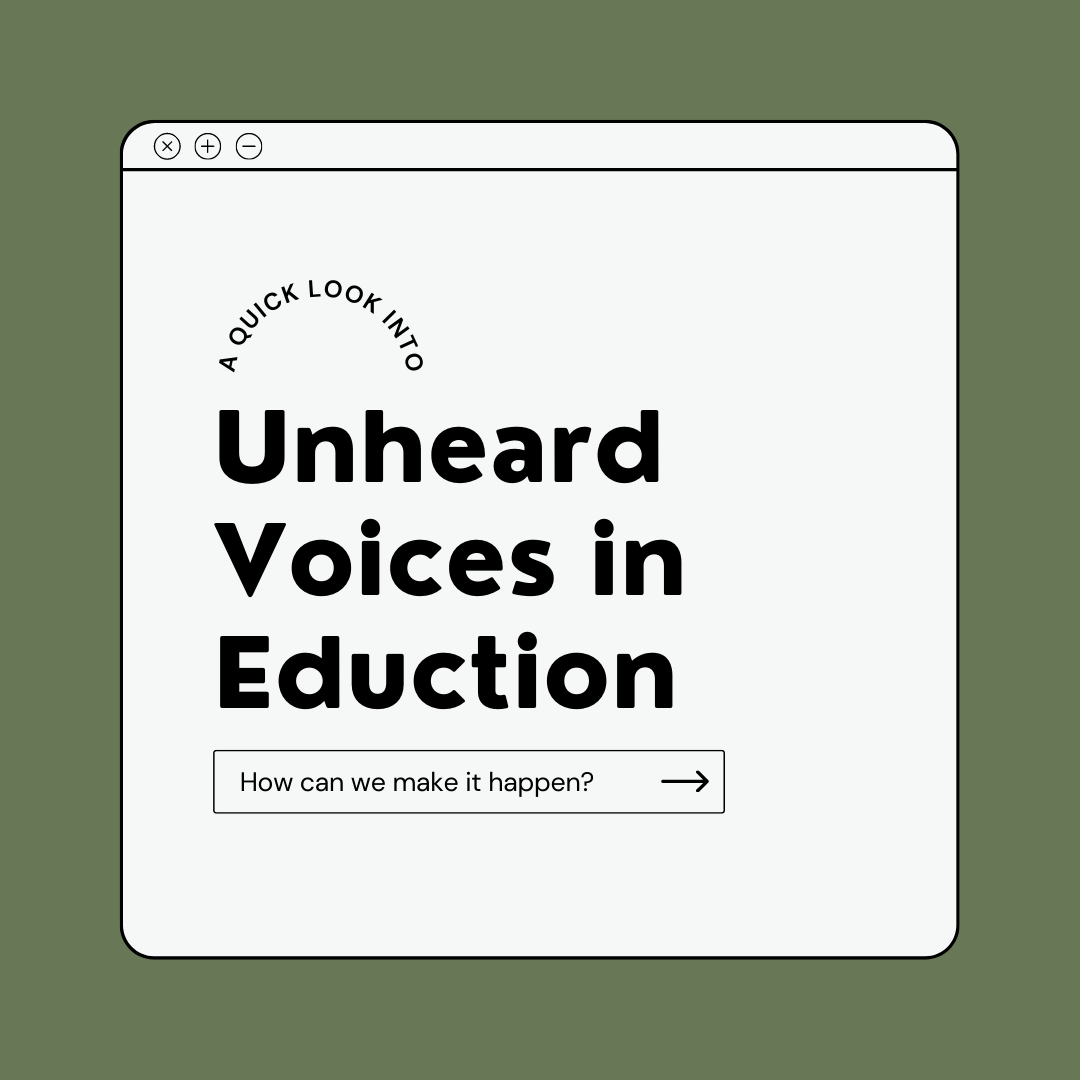Much like India’s social, cultural, political, and linguistic features, that prevail and thrive in a pluralistic fashion, the subcontinent’s pedagogic structure too flaunts the same features. However, while this pluralistic being can be lauded as ethnically diverse when describing the country’s social, cultural, political, and linguistic attributes, it can be scrutinized when providing an account of its education system – one that indulges in different teaching methodologies and syllabi across different boards. Although there are primarily three boards of education that are preferred by the socio-economically privileged – namely, IB, CGSE, and CISCE – almost each state in the country offers its own board. According to the Council of Board Education, India is home to sixty-seven state boards, summarizing its diverse approach towards the education system.
It is important to note that by emphasizing on the diversity of the education boards’, I am not attempting to conclude that one board is either superior or inferior as compared to another (that is another debate altogether). By emphasizing this diversity, I wish to highlight that when students in India are taught by different sets of pedagogical tools, it results in them having access to a limited range of post-secondary education opportunities, that is only available through the education board that they have received their education from. Let us take for instance the Maharashtra HSC and the CBSE. In 2007, it was reported that 95.24% of the CBSE candidates passed the final board examination, however, out of the candidates that sat for the Maharashtra HSC, only 64.25% percent of them passed. This difference is also evident in the scoring system where the latter struggles with achieving high scores, consequently limiting their chances to receive quality higher education in government universities.
In a utopian universe, if the Indian education system could be reimagined, it would greatly benefit from one that mirrors the Finnish education system. Although the common, National Curriculum was only recently formalized for the country in 2016, it has honed similar values since the 1980s – emphasizing on the role of equality in education. The formal welcoming of this has allowed Finland to formulate a uniform local curriculum through different cities, and ensure that each child has the capacity to perform to their best potential, both nationally as well as internationally. Further, a consistent education structure has also allowed them to practice pedagogical guidelines that are well defined, and are of utmost quality.
Although it would be difficult to implement this in India’s diverse cultural system, an unfluctuating pedagogical structure that is driven by equality would most definitely aid in burying the gaps posed by the country’s deepening socio-economic divides. Moreover, it would allow each child, whether belonging to the rural or the urban, to the rich or to the poor, to an inferior caste or a superior, to enter professions and other employment spheres, that have historically only been limited to certain demographics. While this would be a complex system to implement, the accurate imagination of such a system could provide a new ray of hope for many.







